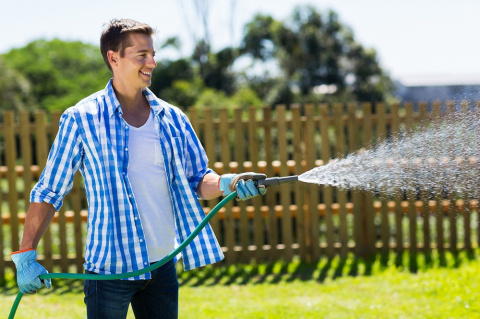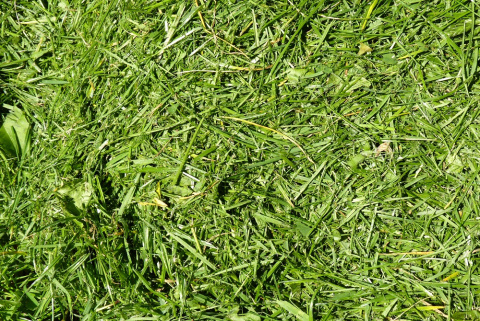Your landscape serves as an inviting gateway to your home that says a lot about your personal style and sense of pride. It can also provide you with a beautiful natural oasis that can offers you a place for quiet relaxation or entertainment with family and friends. With a well-executed landscape design in Alpharetta, GA, you can accomplish several goals through landscaping by enhancing curb appeal and improving the value of your home.
However, there are many common misconceptions surrounding landscaping that lead some property owners to needlessly complicate their landscape care and maintenance. Many of these myths have been handed down for generations and aren’t rooted in fact. To help differentiate landscaping facts from fiction, speak with landscape contractors in your area. In the meantime, keep reading to learn more about five of the most common landscaping myths in circulation today.

Misconception 1: Water Your Grass at Night
Many people think that it’s best to water your lawn at night after the sun has set. The logic behind that belief involves an assumption that the water won’t evaporate as quickly at night, and therefore, watering is more efficient at that time. While that may seem like a good idea in theory, in practice watering at night can create issues for your lawn. The presence of too much moisture causes damaging fungi to develop, which can wreak havoc on the health of your lawn. While you should avoid watering your grass in the hottest portion of the afternoon, you should certainly handle your watering chores while the sun is shining. Early morning to mid-morning is the perfect time for watering to maintain the health of your lawn.
Misconception 2: Short Grass is Best
Many people like the manicured look of a lawn cut low. Some believe that keeping your grass cut short makes it easier to maintain. While cutting your lawn frequently will help it to thicken, there’s no reason to cut it too short. In fact, the shorter you cut your grass, the faster it will grow. That means that you’ll be mowing more frequently, which will increase your maintenance commitment. Mowing your lawn to an extremely short height is not only inadvisable, but it can also cause damage to your grass. The roots and stems of the individual grass plants that make up your lawn can easily become scorched if the grass is too short. Also, the additional sunlight when grass is cut too short will allow weeds to get a foothold, which introduces competition to your lawn grasses.
Misconception 3: Spring is Best for Landscape Installation
As spring emerges from the winter cold, many have an impulse to beautify their yards by installing landscape plantings. After all, spring is the time when many plants emerge from their cold weather slumber and begin a season of aggressive growth. But spring isn’t always the best time to plant. Planting requirements can differ from species to species. Some plants will perform better if planted in the fall, while other need to be planted in the early summer after all chance of frost has passed. You can even plant perennials, shrubs, and trees in the winter to decrease the shock and stress of transplantation. Don’t assume that you should plant everything in the spring. Instead, research the plants you want to put in to determine the proper planting time.
Misconception 4: Grass Clippings Should Be Removed
A freshly mowed lawn looks tidy and clean, which is why many people elect to remove the grass clippings from the lawn. But doing that increases the need for future fertilization by removing vital nutrients from the soil beneath your lawn. Grass clippings break down quickly, and they return critical nitrogen to the environment. Leave your grass clippings to decompose to provide a natural source of fertilizer that will reenergize your soil.

Misconception 5: Trees Need Annual Fertilization
Trees represent the pillars of your landscape architecture, and in large part, they are low-maintenance and hassle-free. Many property owners believe that preserving the health and integrity of your trees involves a regimen of annual fertilization, but that’s simply not the case. Healthy, adult trees don’t need fertilizer. They get the nutrients they need from the soil thanks to extensive, established root systems.
There are many misconceptions when it comes to landscaping, but with a little research it’s easy to separate fact from fiction. To learn more about the common misconceptions surrounding landscaping, contact Stoeckig Landscape Group at (770) 831-1790.
